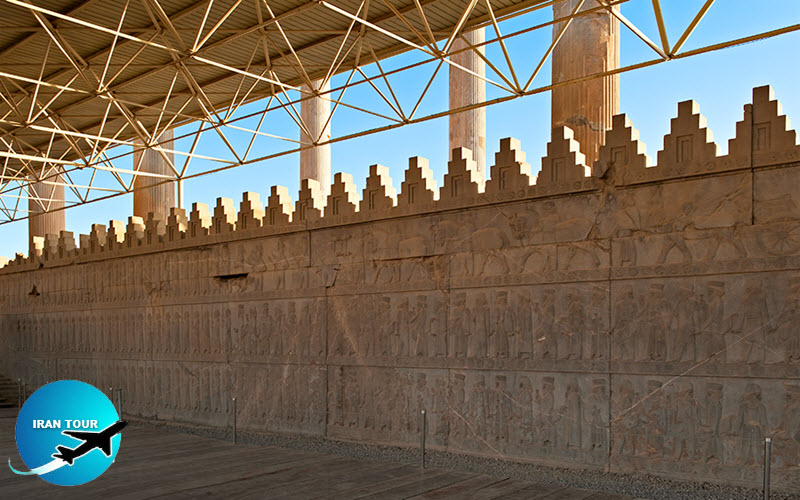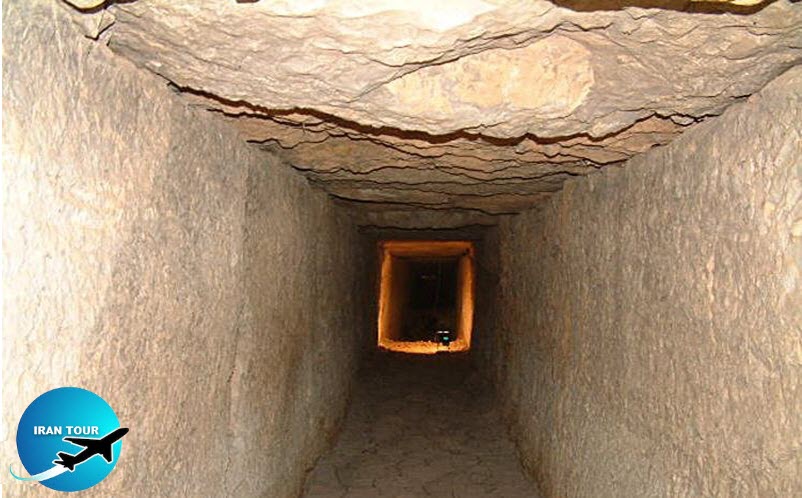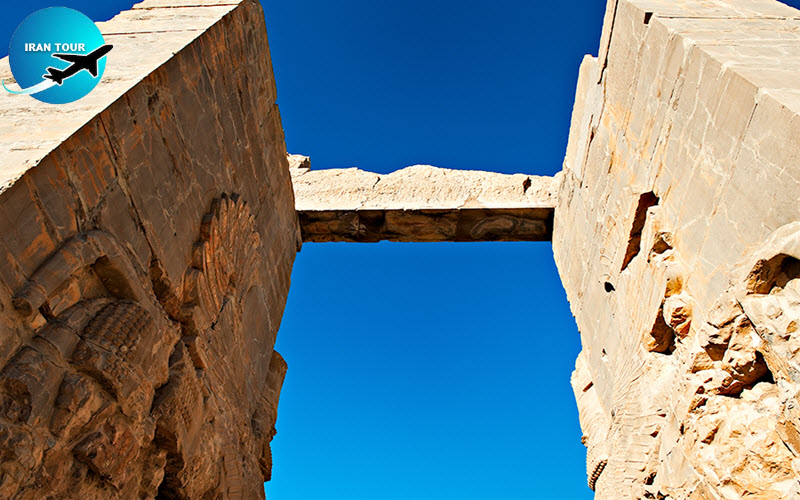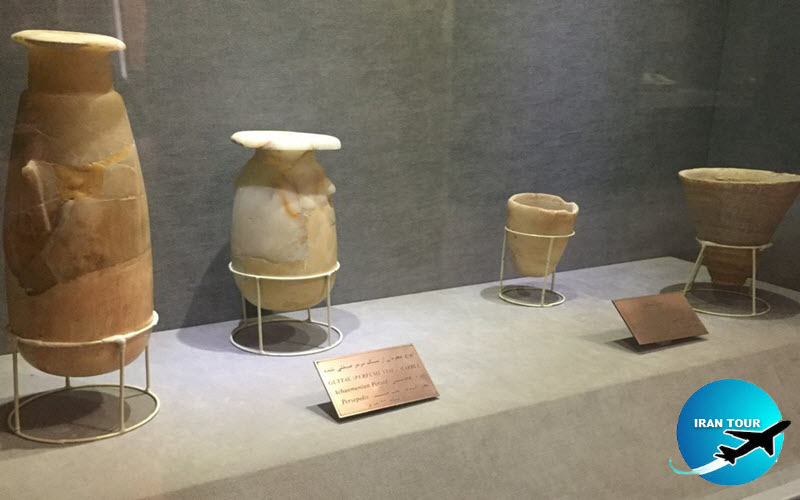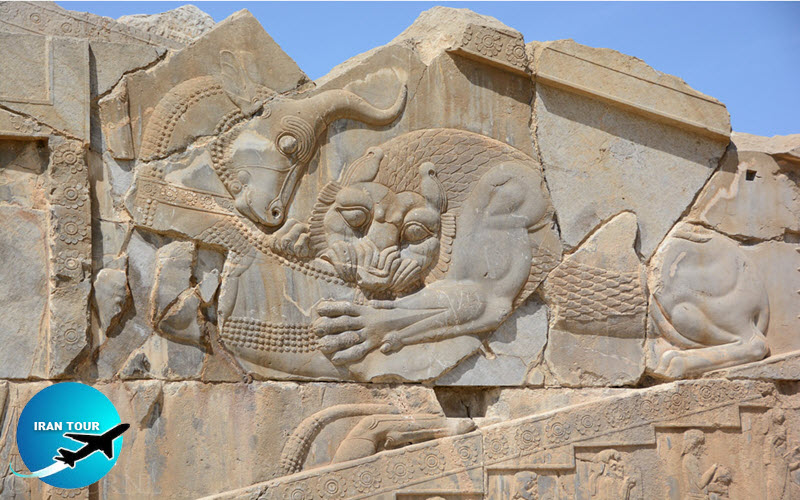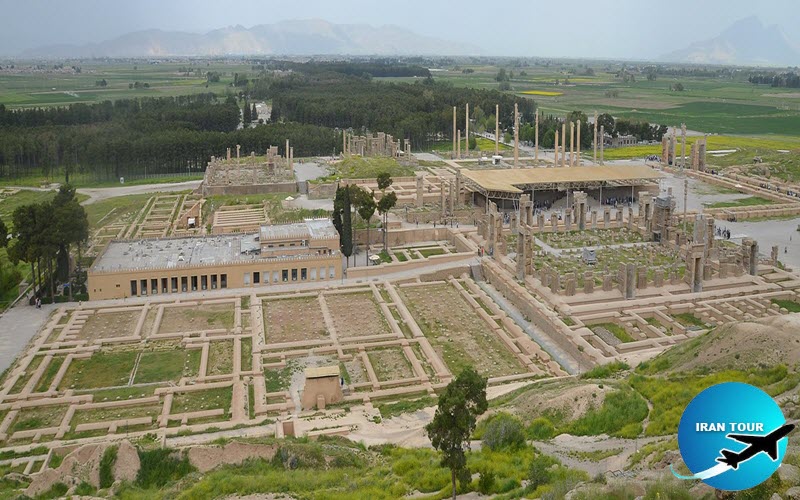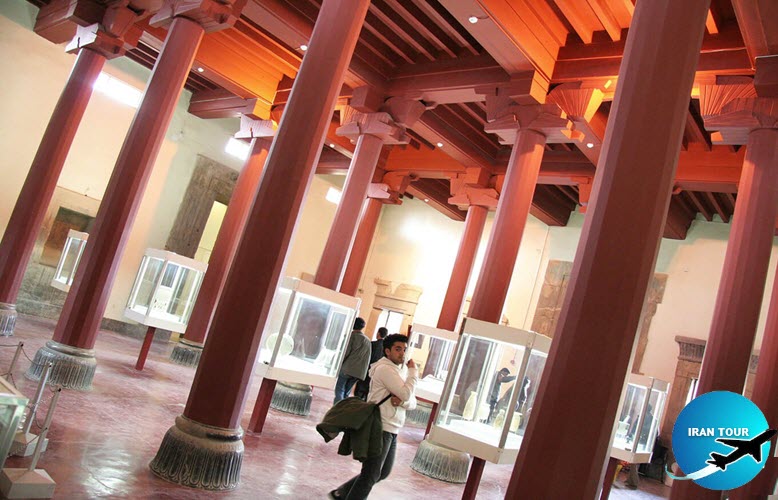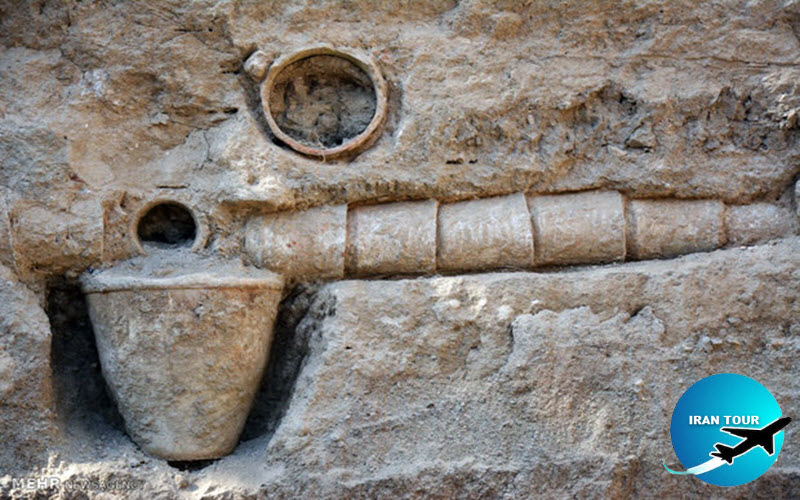15 stunning features of Persepolis history
In 518 BC, some of the most experienced engineers, architects, and artists from all over the Achaemenid territories were invited to build the first Royal Complexes.
The building could be a symbol of global unity, peace, and equality for thousands of years. The Achaemenid Empire was the first Persian empire (550-330 BCE). It was founded by Cyrus in Asia and expanded in some parts of Europe. Their lands stretched from the Danube River in Europe to the Aral Sea in Central Asia and from the Indian Ocean and the Indus to Abyssinia and Libya.
In fact, they ruled over half the world at that time. Darius ordered the construction of Persepolis' palaces. Finally, the magnificent and amazing buildings of Persepolis were built on a large rock in Mehr Mountain, in Marvdasht. The Persepolis constructions continued during the reign of Darius, his son Xerxes and his grandson Ardashir I, and each of them added parts to this collection. In fact, the construction of Persepolis continued for 188 years. These constructions continued until the end of the Achaemenid rule in 330 BC. Persepolis is full of wonders and the brilliant culture of the people whose ruins admire by every Iranian and non-Iranian visitor after 2500 years. In this article, you will introduce the wonders you have never heard about in Persepolis
|
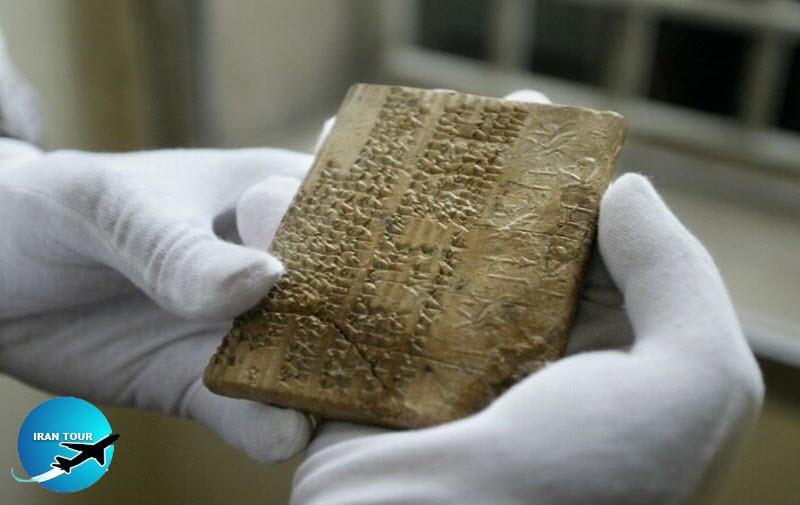
|
 |
So far, more than 30,000 inscribed flowers have been recovered from Persepolis excavations. Although small in size and text, they are some of the most valuable documents of the Achaemenid period in terms of content. These inscriptions are mostly kept in the United States. They have provided us with a variety of information, such as how they built the monuments - laws - wages - working hours - the rights of men and women - and other valuable information for researchers.
It was found that during the construction of Persepolis, workers' salaries were paid regularly, also, men and women had equal payment, women had full-time or part-time jobs, women had equal inheritance rights, mothers had maternity rights and children received child support. Certainly, this kind of law was like a miracle in 500 BC. Undoubtedly, the administrative inscriptions are a definite and unequivocal document of the administrative and social system of the Achaemenid period. |
|
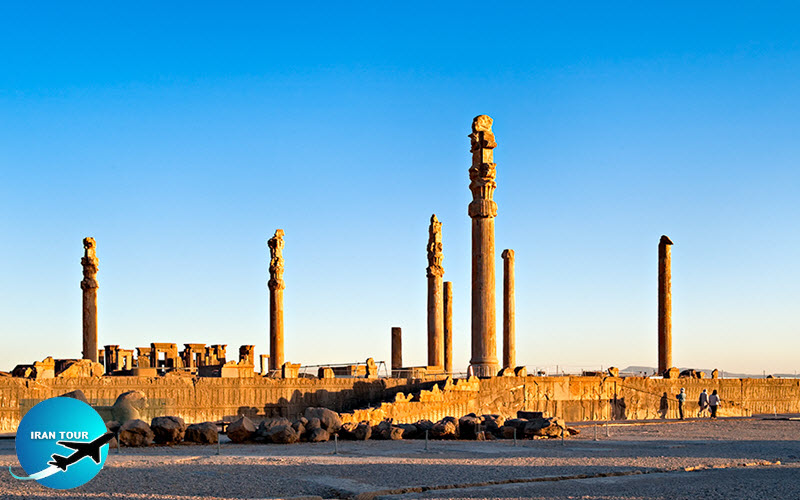
|
 |
| Apadana or Pillared Hall is a palace with more than 10 thousand square meters and had 72 columns. Due to the height of the columns and their unusual distance from each other, this palace is one of the masterpieces of ancient architecture. Each column weighed 90 tons and was topped with two-headed cow or two-headed lion columns, each weighing more than 1.5 tons. |
 |
| Apadana has two rows of two-sided stairs on the north and east sides, in a length of 81 meters. On these stone walls, a row of soldiers, rulers of the country, and 23 tribes from Greater Iran were engraved. In the center of them is a picture of the king Darius the Great of Persia on his throne, holding a scepter and lotus. scepter as a symbol of the kingdom in the right hand and a lotus flower as a symbol of peace and friendship in the other. These relief carvings are among the most beautiful and accurate sculptures of Persepolis. |
 |
| There are more than 3,000 reliefs and statues in Persepolis. Most of which were inspired by the art of Mesopotamia and Assyria. In all, there is not a single case that mentions the battlefield, the ranks of prisoners, the destruction of enemies, or the show of power of the king. But in all cases, referred to the unity and friendship of the tribes. |
 |
| One of the most magnificent parts of Persepolis, which is usually invisible, is its underground waterways, with more than 2 km long. In some parts, the Achaemenids architects cut the rock up to 9 meters, and in some parts, they were able to achieve the desired slope by adding giant stones. By creating engineering methods and stone canals, they removed wastewater from the surface of palaces. |
 |
| All the statues and carvings in Persepolis are decorated with different colors. For example, the relief of Darius in Tachra Palace. His crown is made of gold, his beard is decorated by Azure, and his bracelets, and earrings adorned by precious stones, but today only the holes of the installation site remain on the pattern, but still in the margins of Darius' clothes can be found very small patterns that highlighted with beautiful colors. |
 |
| Another wonder of Persepolis is the stone quarries, which are located 60 km away from the Persepolis complex. Engineers and miners with their simple tools extract stones up to 250 tons from the mines and move them safely to the Persepolis. Then, after sculpting, they should be installed again in a special place. |
 |
| The skilled Achaemenid stonemasons did not pay attention to the size of the stones. They have not only created large objects like columns and walls but also made some unique small objects such as perfumes and vases. |
 |
| No masonry mortar was used to connect the columns and capitals with each other, as well as the large pieces of stone. And only with a special method, where the lower and upper surfaces of the stone cleaned. This method made the columns and gates resistant to earthquake forces. |
 |
| On the basis of the texts and inscriptions, there had been a city with thousands of people by the name Parse around the Persepolis. Now, remained little part of it is on the plain, and archeologists are seeking to excavate the city more and more. |
 |
| The sanctity of Mount Rahmat among the Achaemenids led to the construction of Persepolis near it. For this reason, a number of Achaemenid kings are buried in this mountain. Four tombs belonging to Achaemenid kings are carved on Mehr mountain. They belong to Darius I (c. 522-486 BC), Xerxes I (c. 486-465 BC), Artaxerxes I (c. 465-424 BC), and Darius II (c. 423-404 BC). |
 |
| Today, no trace of the wooden roof of Persepolis palaces remains, but, archaeologists and researchers on the basis of the reliefs of the tombs of the Achaemenid kings had reconstructed the Queen's Palace, which has become the Persepolis Museum today. |
 |
| The most important problem of architects was the protection of Persepolis against natural factors such as rain and snow. Different kinds of gutters like Brick gutters, water pipe gutters, eaves gutter, bitumen gutters, and tarred Surfaces also open channels are the used techniques bu the architects in Persepolis. |
 |
| One of the most important problems of architects is the repair and maintenance of Persepolis buildings during the 188-year period of its construction. Since the construction of Persepolis was never completed, it can be concluded that its buildings and designs have always been in maintenance and repair. |
 |
| Another wonder of Persepolis is the importance of its message to the future. Darius ordered that four golden tablets, along with four silver tablets and many coins, be buried under the four corners of Apadana so that he could convey his message to us and future generations, 2,500 years later. |
He also says in a part of four inscriptions engraved on the south wall of Persepolis:
"Let Ahuramazda protect this land from the enemy, from a bad year, from lies. "God protect this country from foe, famine, and falsehood"
I wish these from Ahuramazda in my prayer.
In February 330 BC, Alexander entered Persepolis and ordered the destruction and looting of its property.
-
Details
-
Category: What to see in IRAN


